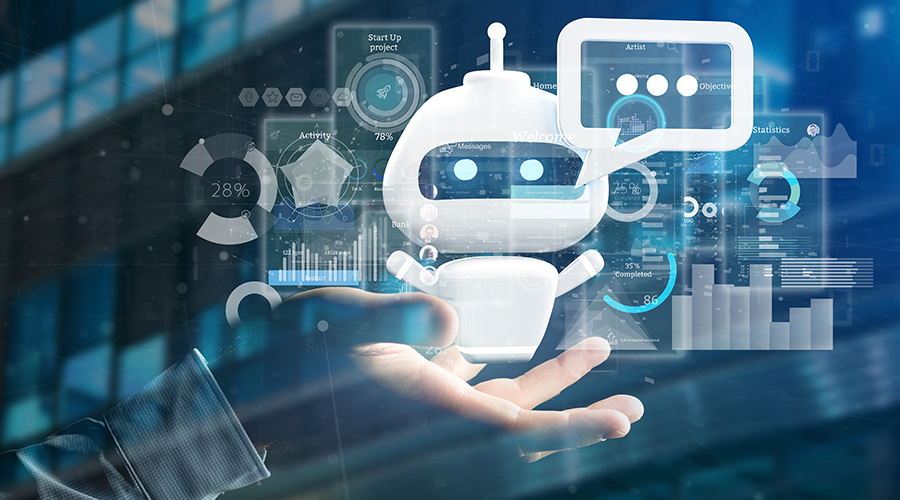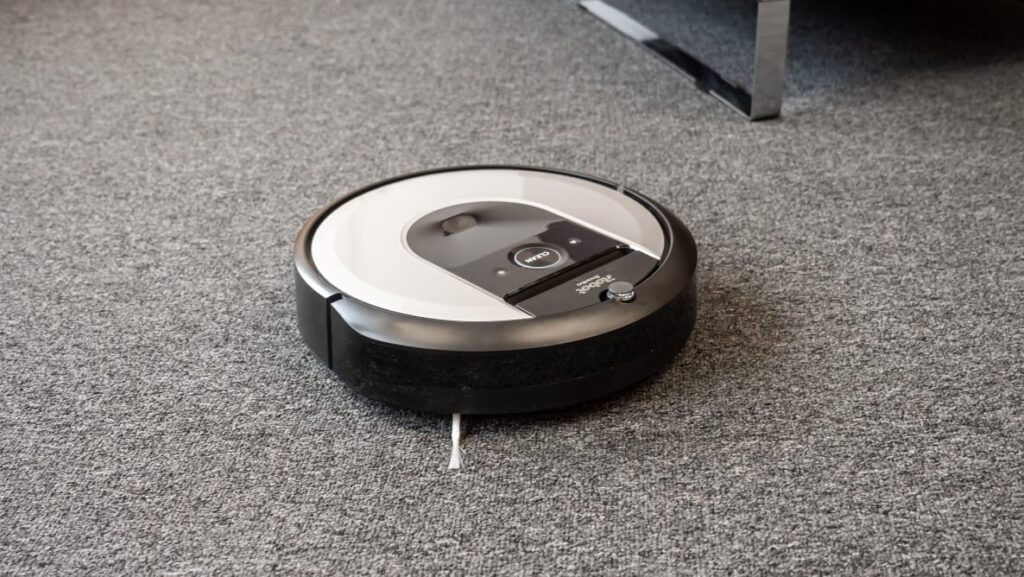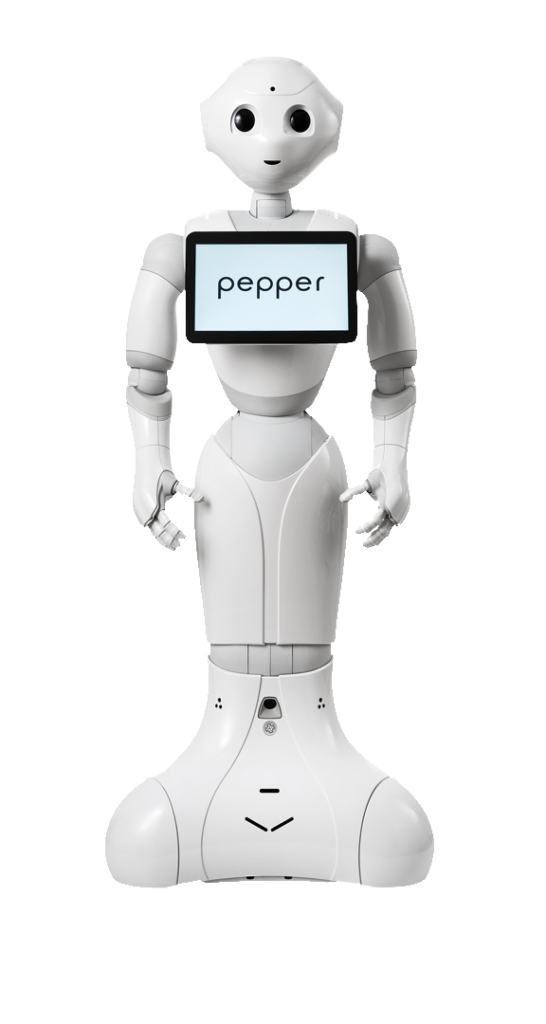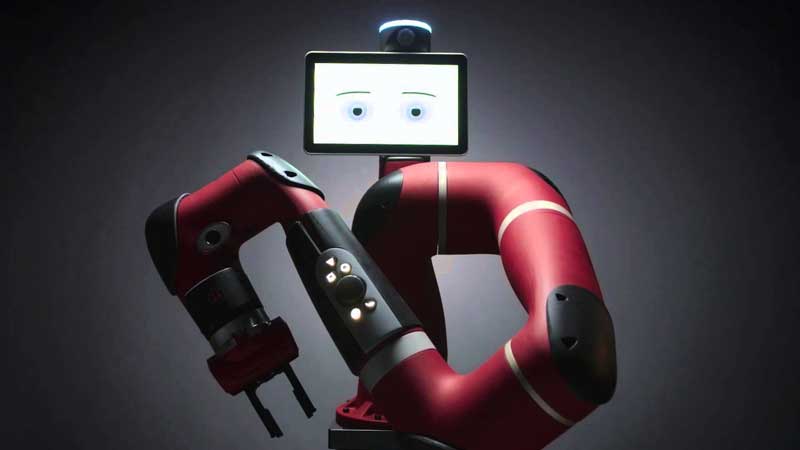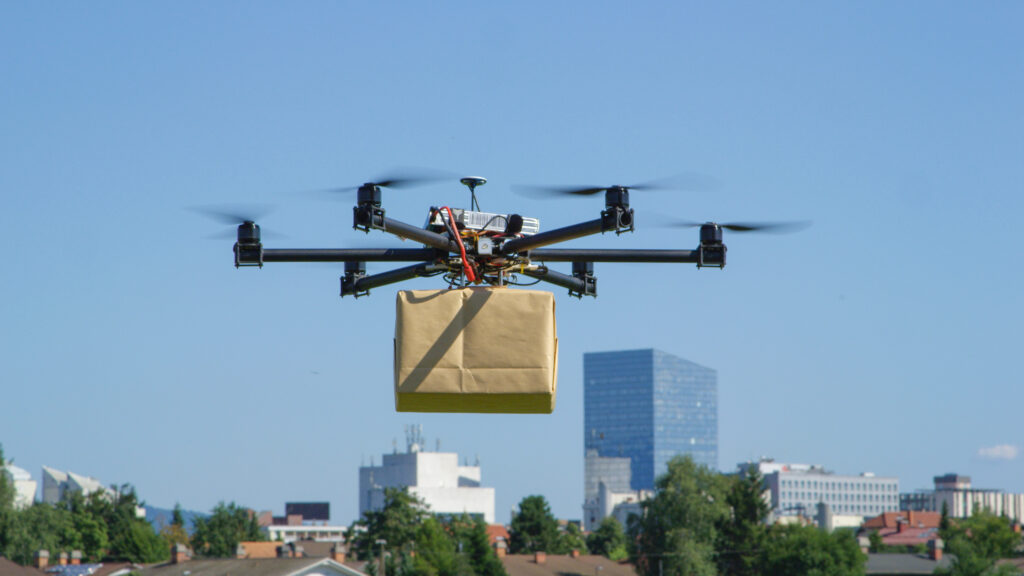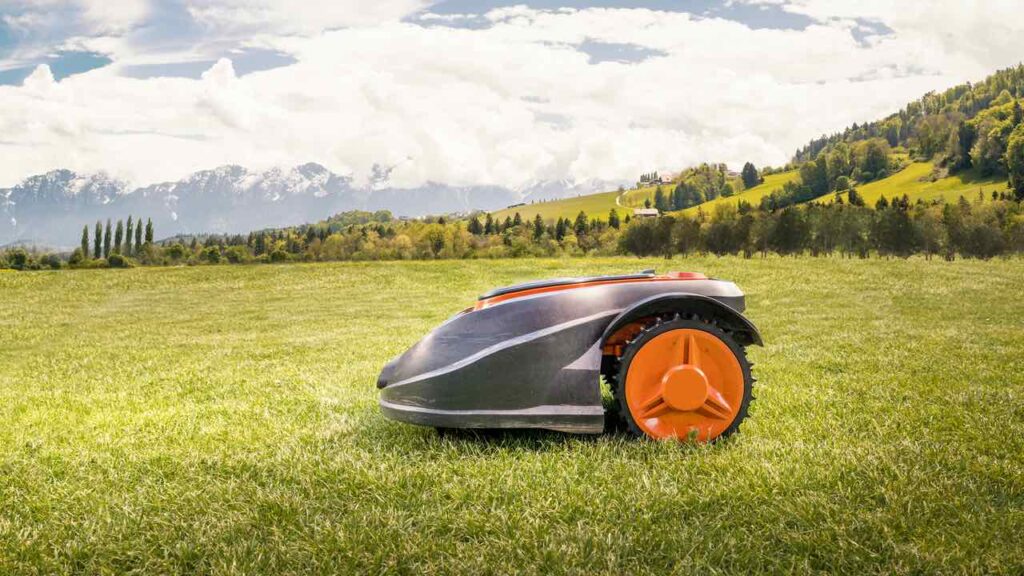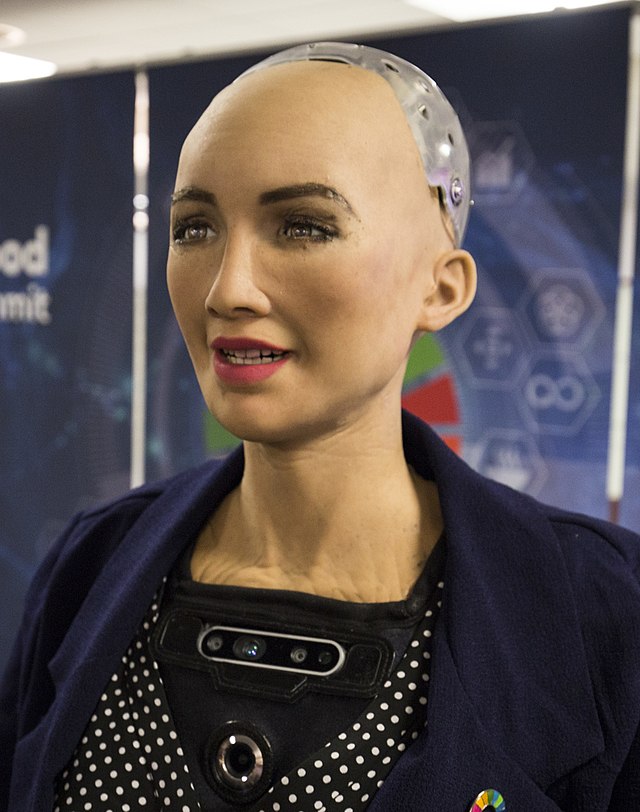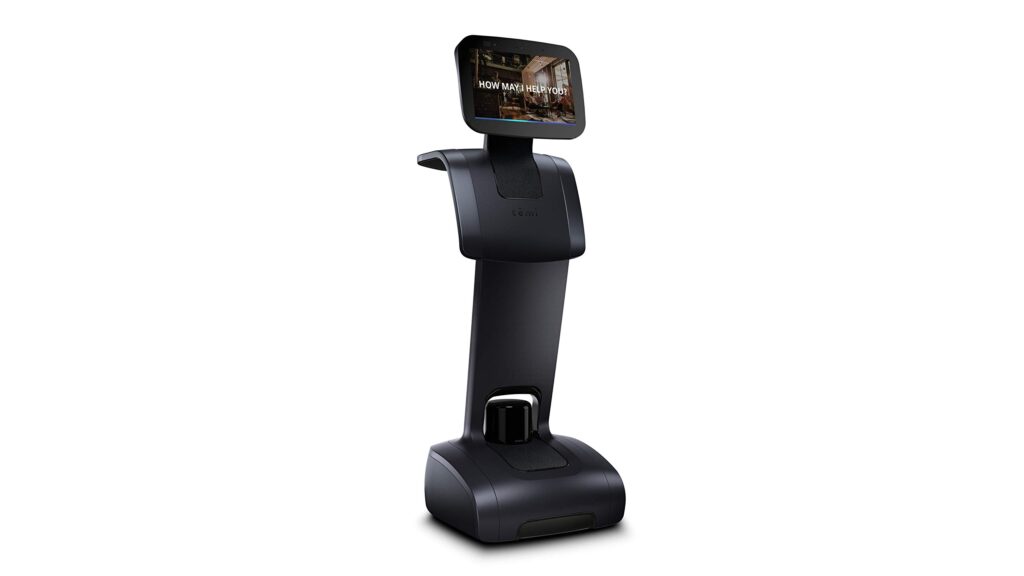Rise of the Machines: Exploring the Everyday Impact of Robotics In Modern Life
Introduction:
In the not-so-distant past, the idea of robots being an integral part of our daily lives seemed like something out of a science fiction novel. However, as technology continues to advance at an unprecedented pace, robotics has evolved from industrial applications to becoming an integral part of our everyday existence. In this blog post, we will explore the fascinating rise of social robots and autonomous systems, delving into how these innovations are reshaping the way we live, work, and interact.
The Evolution of Robotics:
The concept of robots has come a long way from their traditional roles in manufacturing and industry. Today, robots are finding their way into various aspects of our lives, driven by advancements in artificial intelligence, machine learning, and sensor technologies. These technological leaps have paved the way for a new generation of robots designed to engage with humans in social and interactive ways.
Social Robots: Companions in the Digital Age:
One of the most intriguing developments in robotics is the rise of social robots designed to interact with humans on a personal level. These robots are not just tools; they are companions. Examples include Pepper by Softbank and Buddy by Blue Frog Robotics. These robots are equipped with sophisticated sensors, cameras, and AI algorithms that enable them to recognize faces, understand emotions, and engage in conversations. They are finding applications in healthcare, education, and even in assisting the elderly, providing companionship and support.
Here are some examples of robots that have found practical applications in our daily routines:
- Roomba Vacuum Cleaner:
- The Roomba, produced by iRobot, is a robotic vacuum cleaner that autonomously navigates through homes, cleaning floors and carpets. It uses sensors to detect obstacles and adjusts its cleaning pattern accordingly.
- The Roomba, produced by iRobot, is a robotic vacuum cleaner that autonomously navigates through homes, cleaning floors and carpets. It uses sensors to detect obstacles and adjusts its cleaning pattern accordingly.
- Pepper: Social Companion Robot:
- Pepper, developed by Softbank Robotics, is a humanoid robot designed to interact with people. Equipped with cameras and sensors, Pepper can recognize human emotions and engage in conversations, making it a popular choice for customer service roles and companionship.
- Pepper, developed by Softbank Robotics, is a humanoid robot designed to interact with people. Equipped with cameras and sensors, Pepper can recognize human emotions and engage in conversations, making it a popular choice for customer service roles and companionship.
- Automated Guided Vehicles (AGVs) in Warehouses:
- AGVs are robotic vehicles used in warehouses and factories to transport goods autonomously. They navigate through predefined paths, improving the efficiency of logistics and reducing the need for manual labor in material handling.
- AGVs are robotic vehicles used in warehouses and factories to transport goods autonomously. They navigate through predefined paths, improving the efficiency of logistics and reducing the need for manual labor in material handling.
- Baxter and Sawyer: Collaborative Robots (Cobots):
- Developed by Rethink Robotics, Baxter and Sawyer are cobots designed to work alongside humans in manufacturing environments. They are equipped with sensors that allow them to adapt to their surroundings and collaborate with human workers on various tasks.
- Developed by Rethink Robotics, Baxter and Sawyer are cobots designed to work alongside humans in manufacturing environments. They are equipped with sensors that allow them to adapt to their surroundings and collaborate with human workers on various tasks.
- Parcel Delivery Drones:
- Companies like Amazon and UPS are exploring the use of drones for parcel delivery. These autonomous flying robots can transport small packages over short distances, providing a faster and more flexible delivery option.
- AI-Powered Personal Assistants:
- Virtual robots or AI-powered personal assistants, such as Siri, Google Assistant, and Alexa, have become ubiquitous in our smartphones and smart home devices. They can perform tasks like setting reminders, answering questions, and controlling smart home devices through voice commands.
- Virtual robots or AI-powered personal assistants, such as Siri, Google Assistant, and Alexa, have become ubiquitous in our smartphones and smart home devices. They can perform tasks like setting reminders, answering questions, and controlling smart home devices through voice commands.
- Automated Lawn Mowers:
- Robotic lawn mowers, like those from Husqvarna and Worx, are designed to autonomously mow lawns based on predefined parameters. These robots use sensors to navigate and adjust their mowing patterns according to the terrain.
- Robotic lawn mowers, like those from Husqvarna and Worx, are designed to autonomously mow lawns based on predefined parameters. These robots use sensors to navigate and adjust their mowing patterns according to the terrain.
- Telepresence Robots in Healthcare:
- Telepresence robots, such as the VGo robot, enable remote communication and presence. In healthcare settings, these robots allow doctors to conduct virtual visits with patients, improving accessibility to medical care.
- Sophia: Humanoid Robot with AI:
- Developed by Hanson Robotics, Sophia is a humanoid robot with artificial intelligence. It can engage in conversations, express emotions, and has been used in various applications, including customer service, education, and advocacy.
- Developed by Hanson Robotics, Sophia is a humanoid robot with artificial intelligence. It can engage in conversations, express emotions, and has been used in various applications, including customer service, education, and advocacy.
- Smart Home Robots:
- Robots like Temi and LG CLOi serve as personal assistants within homes. They can control smart home devices, play music, provide weather updates, and even follow users around, enhancing the overall smart home experience.
- Robots like Temi and LG CLOi serve as personal assistants within homes. They can control smart home devices, play music, provide weather updates, and even follow users around, enhancing the overall smart home experience.
Autonomous Systems: Transforming Transportation and Beyond:
Autonomous systems, ranging from self-driving cars to delivery drones, are becoming increasingly prevalent in our daily lives. Companies like Tesla and Waymo are at the forefront of developing autonomous vehicles, promising safer and more efficient transportation. Beyond cars, drones are revolutionizing the logistics industry, offering faster and more cost-effective delivery solutions. These autonomous systems are not just conveniences; they have the potential to reshape entire industries.
Robots in the Workplace: Increasing Productivity and Collaboration:
In addition to personal and domestic applications, robots are making their mark in the workplace. Collaborative robots, or cobots, are working alongside humans in manufacturing, healthcare, and even office environments. These robots are designed to enhance productivity, assist in repetitive tasks, and contribute to a safer working environment. The synergy between humans and robots in the workplace is showcasing the potential for a new era of collaboration.
Challenges and Considerations:
While the integration of robotics into everyday life brings numerous benefits, it also raises important considerations. Ethical questions regarding privacy, job displacement, and the potential misuse of autonomous systems need careful examination. Striking a balance between innovation and responsible implementation is crucial for the widespread acceptance and positive impact of these technologies.
Conclusion:
As we witness the rise of social robots and autonomous systems, we find ourselves at the cusp of a technological revolution that promises to redefine how we navigate and interact with the world. From personal companionship to revolutionizing transportation and transforming the workplace, robots are no longer confined to the realms of science fiction. Embracing these technological advancements with a thoughtful and ethical approach will undoubtedly shape a future where humans and robots coexist, offering a myriad of possibilities for a smarter, more connected world.
